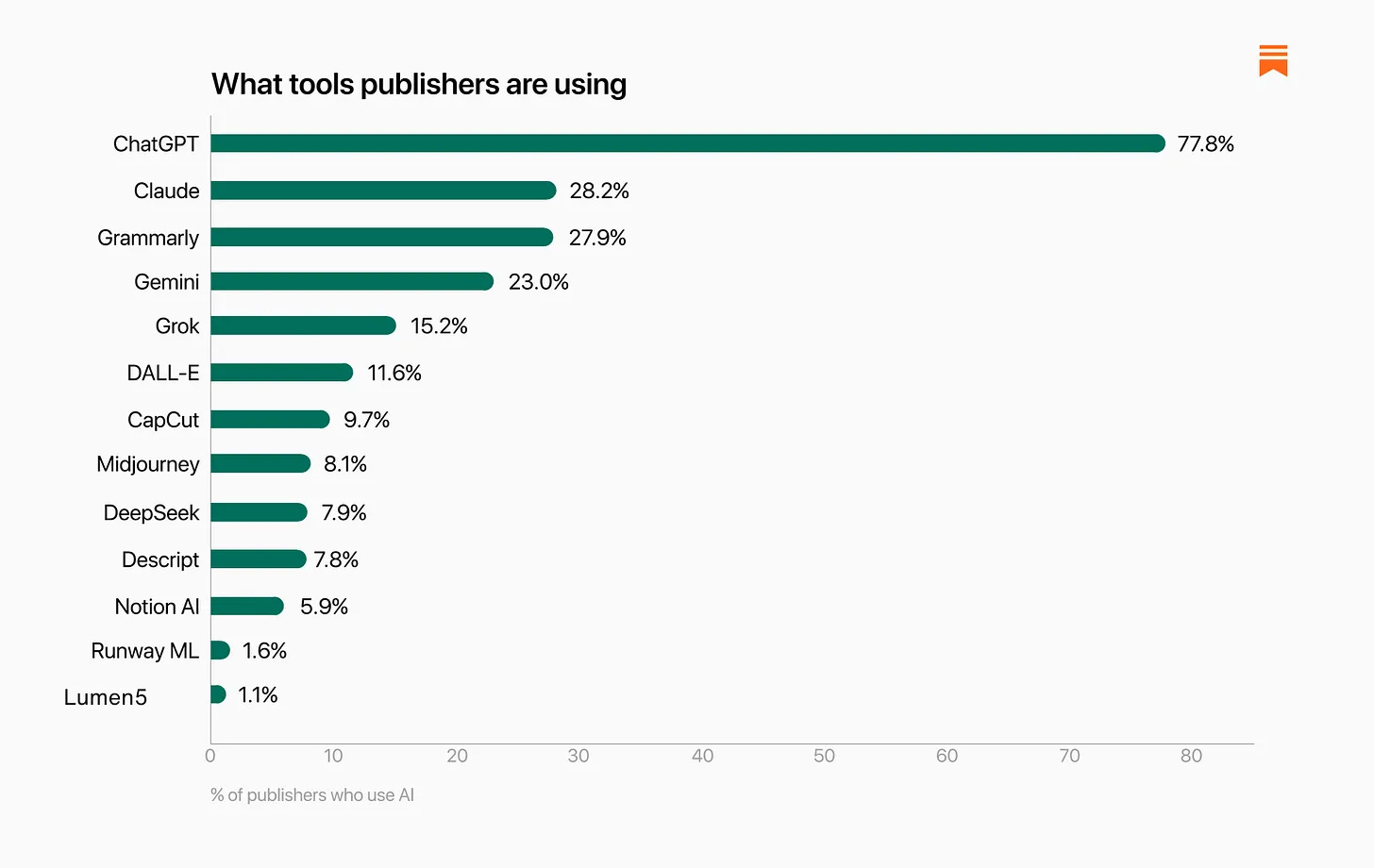ATS^AI (ATS To The Power of AI)
From Chasing Perfect Strategies to Building An Intelligent Portfolio That Self-Optimizes Using AI
Important: There is no guarantee that ATS strategies will have the same performance in the future. I use backtests and forward tests to compare historical strategy performance. Backtests are based on historical data, not real-time data so the results shared are hypothetical, not real. Forward tests are based on live data, however, they use a simulated account. Any success I have with live trading is untypical. Trading futures is extremely risky. You should only use risk capital to fund live futures accounts and if you do trade live, be prepared to lose your entire account. There are no guarantees that any performance you see here will continue in the future. I recommend using ATS strategies in simulated trading until you/we find the holy grail of trade strategy. This is strictly for learning purposes.
We're not just developing strategies—we're on a quest for the holy grail of automated trading. Questions? Check the FAQs or feel free to reach out directly: AutomatedTradingStrategies@protonmail.com.

From Holy Grail to Holy Portfolio
Like every trader who's spent countless hours staring at charts, this all started with a simple dream: find the holy grail of automated trading strategies. That perfect setup that prints money while you bird watch and drink wine.
Well, after years of backtests and spectacular failures, I had an epiphany. The holy grail isn't a strategy—it's a process. And not just any process, but one that learns, adapts, and optimizes itself—like the market—using the same AI technology that's currently revolutionizing everything from medicine to military operations.
Substack recently conducted an AI survey. Out of ~2K surveyed publishers:
45.4% said they’re using AI
52.6% said they’re not
2% were unsure
First, who are the 2% that are unsure? Unsure of what? Second, how is it that the percentage of publishers using AI isn’t higher?
And apparently, age and gender have something to do with usage. Publishers 45 and over were more likely to use AI than those under 45. Men reported higher adoption than women (55% vs. 38%), and perhaps even most astonishingly, women were more likely to express concerns about using AI than men (67% vs. 47%).
Not surprisingly, those publishers in technology, business and finance seem to be using it the most:
I’m not surprised by these numbers. I consult Claude or OpenAI before any meeting, event or seminar. I share my family’s blood work with it, I have an events planner that can also suggest things based on my calendar. Idea generation is greatly accelerated. I can go from idea to an application of that idea in just a matter of minutes. And I’ve heard people say that AI isn’t that funny, but this is pretty funny:
Perhaps the most interesting chart was this one asking which AI tools are used the most:
Overwhelmingly, ChatGPT is the primary AI.
As those of us obsessed with AI sit in anticipation of the GPT 5 release—said to be within days—I can't wait to see how it handles price data.
"GPT 5 is smarter than us in almost every way, and yet here we are."
Sam Altman, CEO of OpenAI on Theo Von’s Podcast
Here we are indeed—using that intelligence to build something unprecedented in retail trading. If a machine can beat us at chess, poker, and Go, why not let it manage our trading too?
From generation to analysis to automation and orchestration, we’ve been looking at use cases of AI via agentic frameworks all year. We explored agentic workflows (Part 1), dissected the interplay between ML and LLMs (Part 2), examined how these technologies are reshaping trading strategies (Part 3), and even found a few trading platforms to deploy these newfound superpowers (Part 4). In the last post (Part 5) of the series, we took a deep dive on machine learning applications. Now it’s time to bridge the gap between the ATS Forward Test and an agentic portfolio manager that develops, selects and manages strategies in real-time.
The best part about the hunt with AI is that it continues to evolve. To be clear, it can make mistakes and needs constant feedback, but it’s still an enlightening experience. It’s like having an intern work for you that’s also a self-evolving polymath with a PhD in every subject. There are limitations, but those limitations can be reduced with the right feedback.
So in addition to the self-improvement loops built into the system, the intelligence behind the system is also self improving and it’s doing so at an exponential rate. As a result, we are in the midst of an intelligence boom that the entire world has access to.
The Process
Six months ago, it was hard to conceive of the trading system I’m about to show you. While the process is evolving, this is the gist of where we are today:
Incubator
Data Quality Review
Filtering Engine
Promotion Gate
Forward Test
RL Analysis
Train RL Model
Forward-looking alerts
I’m going to use this post to work through this process with you. The ultimate goal is to remove The Quarterly Forward Test altogether in favor of a live, production ready portfolio that updates in real-time. With any luck we’ll be there by year end.
Before I dive deeper, I've received emails from some of you that feel overwhelmed—you’re wondering where to start. I get it. We're in advanced territory here—like showing up to Flying Lessons 401 when you're still working on walking.
Who is this post for?
I started this newsletter as a novice. Not at trading, but at automating the trading process. I didn’t think of myself as a beginner at the time because I’d been developing strategies for years with NT8 using the Strategy Builder, but looking back on it now, I was actually on a kind of hamster wheel; a Saṃsāra for traders. I was more obsessed with backtests than live testing. I was more obsessed with creating a new strategy than figuring out if it was actually doing what I wanted it to do. Writing this newsletter helped to develop some objectivity over the situation.
I have yet to develop a good way to automate my manual trading process. I hope to revisit this challenge with the help of GPT 5 in the fall, but until then I’m putting the focus on the development of this new system which I’ve named ATS^AI. This post is an overview of the processes it automates. It is ideal for those of you that have already started your own forward test and are looking to gain insights from that data with the help of AI.
Now, let me tell you how the ATS development process has evolved from dopamine-driven development—that addictive cycle of chasing backtest results—to something far more systematic.
ATS^AI
2023: After years of failed live tests based solely on backtests I finally started forward testing. Game changer doesn't begin to describe it. Real data, real slippage, real market conditions—but no real money at risk. It is like learning to swim in a pool instead of the ocean during a hurricane.
2024: Methodology upgrade—began tracking individual variations instead of strategy groups. This granularity revealed patterns invisible at the aggregate level. Suddenly, I could see that Strategy 82 hated Thursdays at lower bar frequencies, or that certain variations of the same strategy blew up between 8-10 AM (probably just needed some coffee).
2025: Enter the machines. I am now using ML pattern recognition, optimal portfolio allocation through reinforcement learning, and an Incubator system running 200+ strategies simultaneously. Each strategy in forward test becomes a digital twin of its potential live counterpart—same behavior, zero risk.
So where does all this machine learning magic happen?
First up is the Incubator—our minor leagues. Or as I call it, the "Strategy Thunderdome"—200 enter, 10 leave. Scroll to the bottom of this post for the top 30 strategies running in the Incubator by: 1) net profit and 2) profit factor.
The Incubator is a list of 200+ strategies that are being traded on simulated accounts using live data. This is essentially black swan farming: I’m cultivating hundreds of strategy variations (knowing most will fail), but the few that survive will capture those rare, profitable market events. Strategies compete for attention, generating thousands of data points daily.
The Incubator's Agentic Mission:





